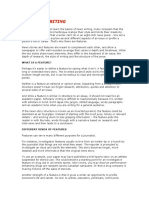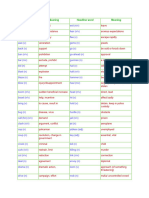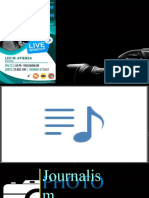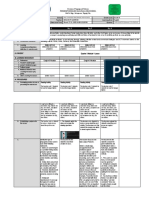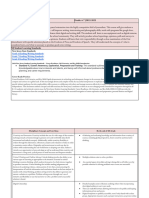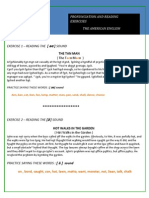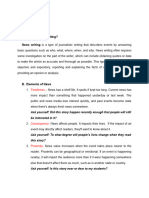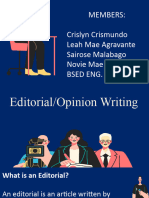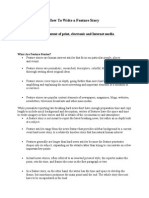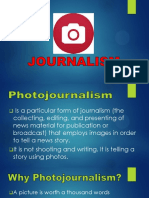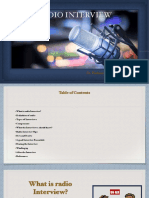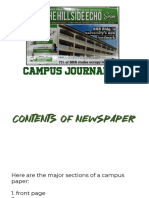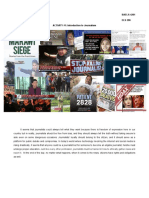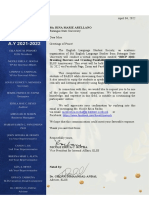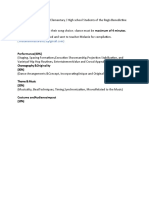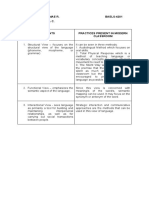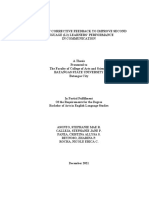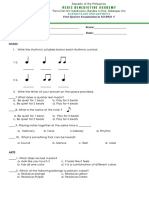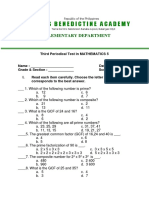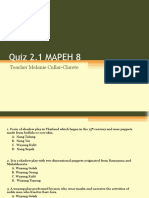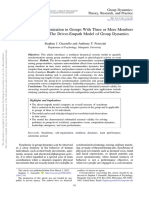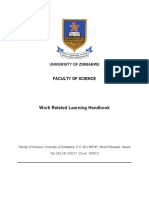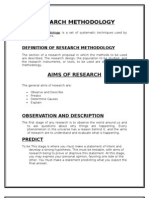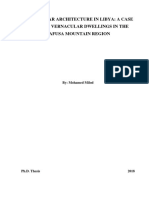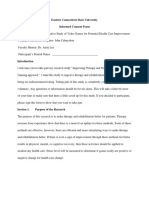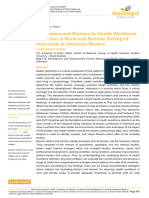0% found this document useful (0 votes)
343 views5 pagesHow To Write A Good Feature
This document provides tips for writing a good feature article. It discusses finding a compelling introduction or "hook" to grab readers' attention. It also emphasizes knowing your audience and writing in an appropriate tone and style for them. The document outlines different types of features and provides examples of profiles, first-person narratives, news features, and opinion pieces. It stresses the importance of thorough research, expert quotes, clear communication with editors, and meeting deadlines.
Uploaded by
Melanie Nina ClareteCopyright
© © All Rights Reserved
We take content rights seriously. If you suspect this is your content, claim it here.
Available Formats
Download as DOC, PDF, TXT or read online on Scribd
0% found this document useful (0 votes)
343 views5 pagesHow To Write A Good Feature
This document provides tips for writing a good feature article. It discusses finding a compelling introduction or "hook" to grab readers' attention. It also emphasizes knowing your audience and writing in an appropriate tone and style for them. The document outlines different types of features and provides examples of profiles, first-person narratives, news features, and opinion pieces. It stresses the importance of thorough research, expert quotes, clear communication with editors, and meeting deadlines.
Uploaded by
Melanie Nina ClareteCopyright
© © All Rights Reserved
We take content rights seriously. If you suspect this is your content, claim it here.
Available Formats
Download as DOC, PDF, TXT or read online on Scribd
/ 5
